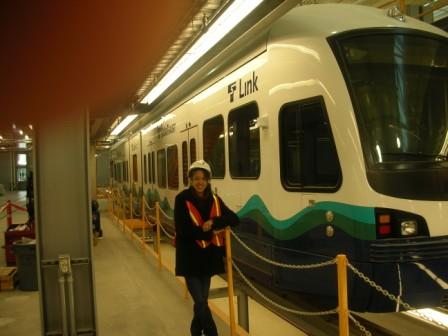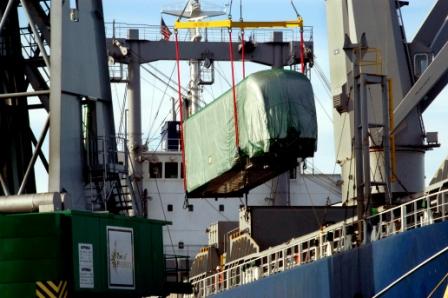I’m still in Detroit, so I almost forgot that the first phase of service improvements funded by Transit Now took effect today. Here’s a summary of the changes:
Route 8 – Adding several trips during the morning and afternoon commute to offer bus service every 15 minutes on the portion of this route between Seattle Center and Capitol Hill;
Route 44 – Adding early evening service on weekdays to achieve a 15-minute frequency for Ballard, Wallingford and the University District;
Route 101 – Adding three trips to relieve overcrowding and provide better connections at the Renton Transit Center and South Renton Park-and-Ride;
Route 120 – Doubling the amount of Saturday service to every 15 minutes from 9:30 a.m. to 6:30 p.m. between Seattle, White Center and Burien;
Route 140 – Doubling midday weekday service to every 15 minutes on this route serving Burien, SeaTac, Tukwila and Renton;
Route 194 – Adding two early morning trips on Saturdays and Sundays between downtown Seattle and Sea-Tac International Airport to better serve airport workers and travelers with early flights;
Route 234 – Adding evening service on this route serving Kenmore, Juanita, Kirkland and Bellevue;
Route 245 – Doubling Sunday service to every 30 minutes on this route serving Kirkland, Rose Hill, Overlake, Crossroads, Eastgate, and Factoria; and
Route 271 – Adding trips between the University of Washington campus and Eastgate to increase afternoon service to a 15-minute frequency.
Around here, it’d be nice just to get route numbers and schedules posted at bus stops.


